
Belize: Half Moon Caye
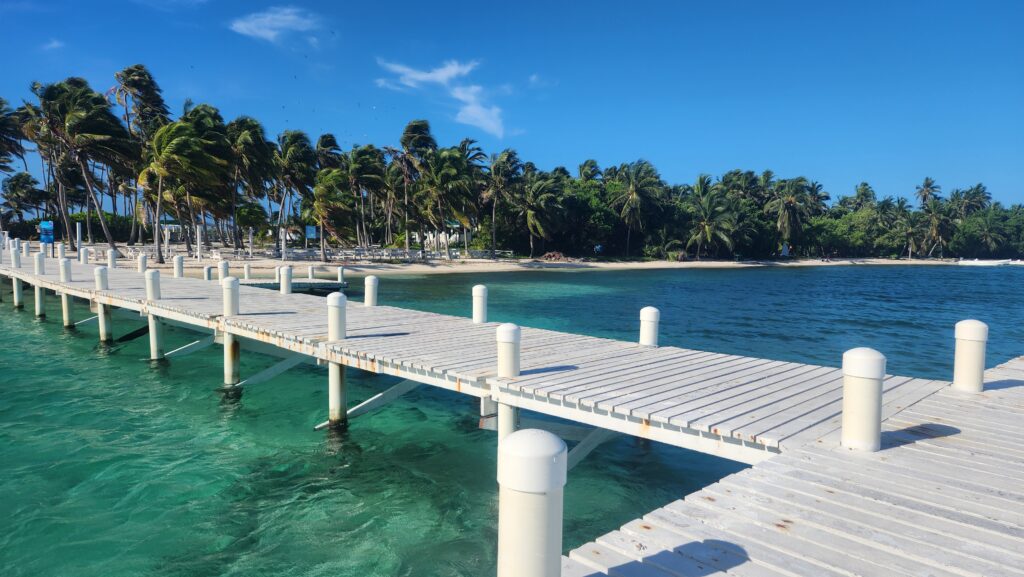
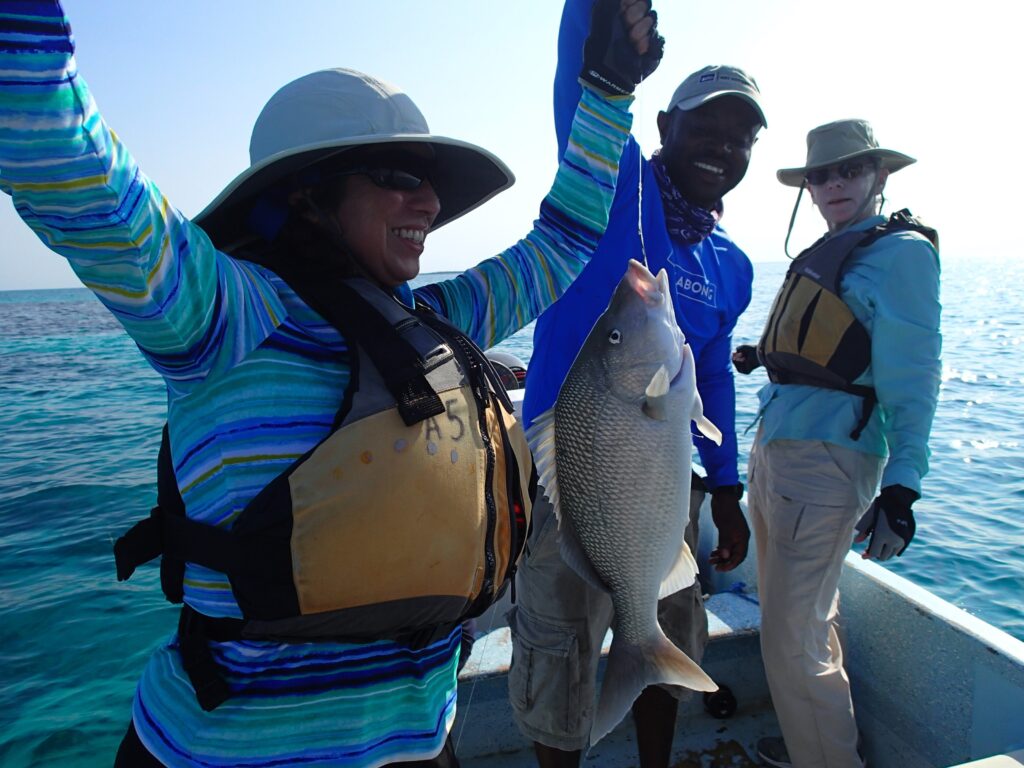
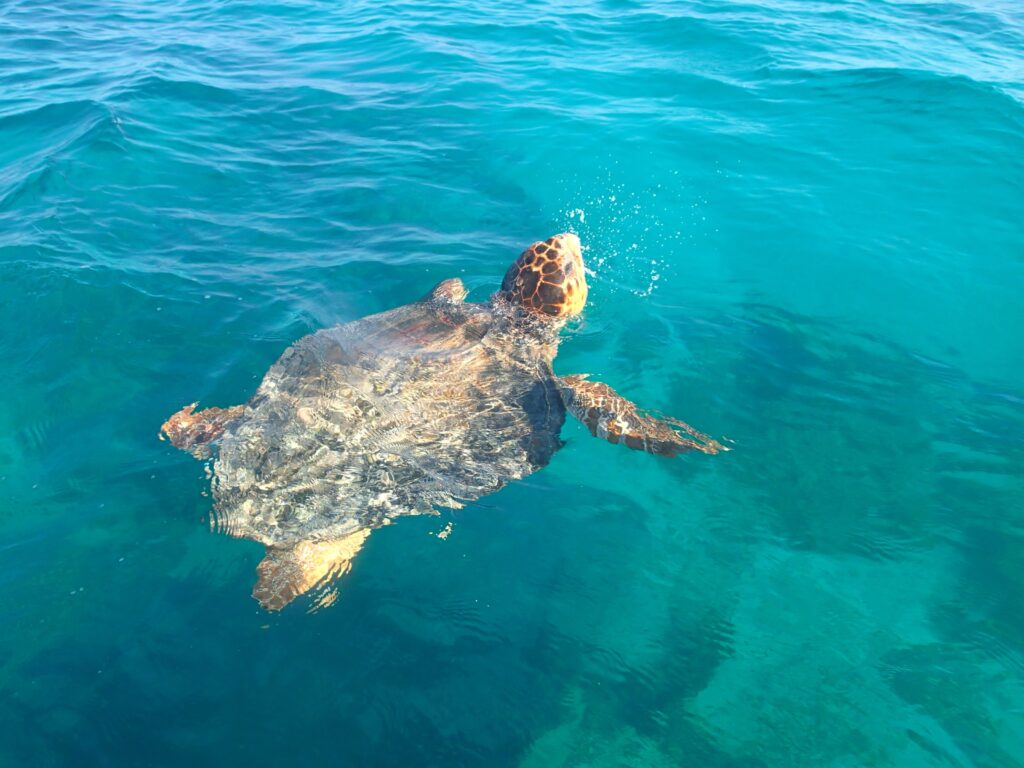
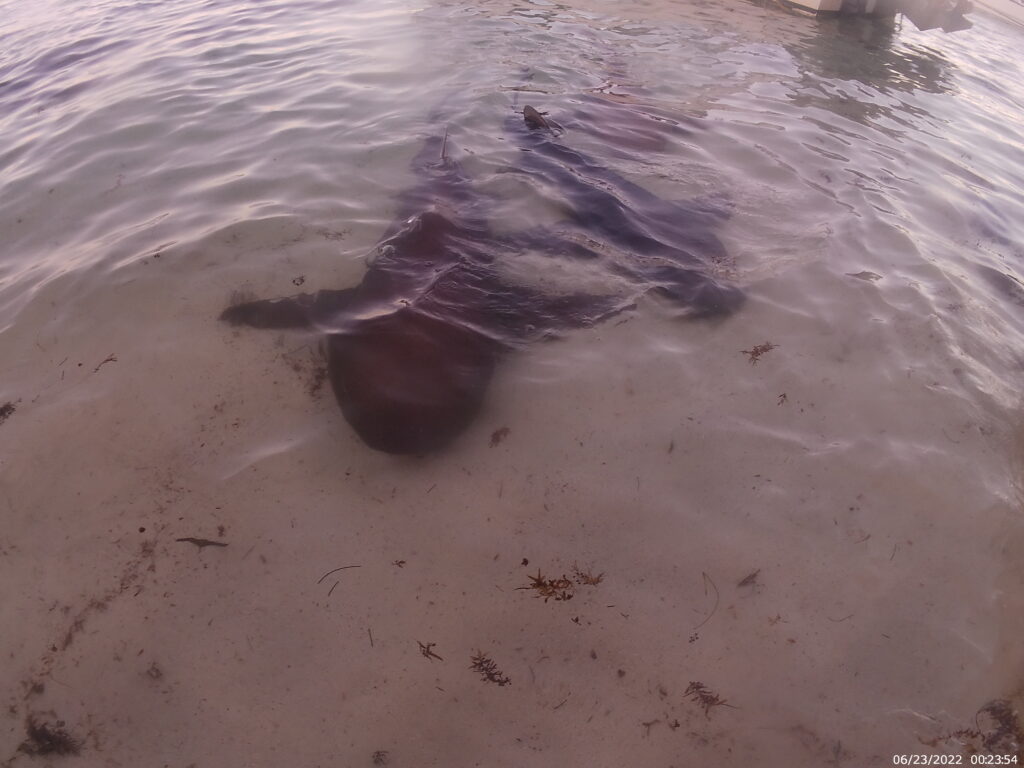
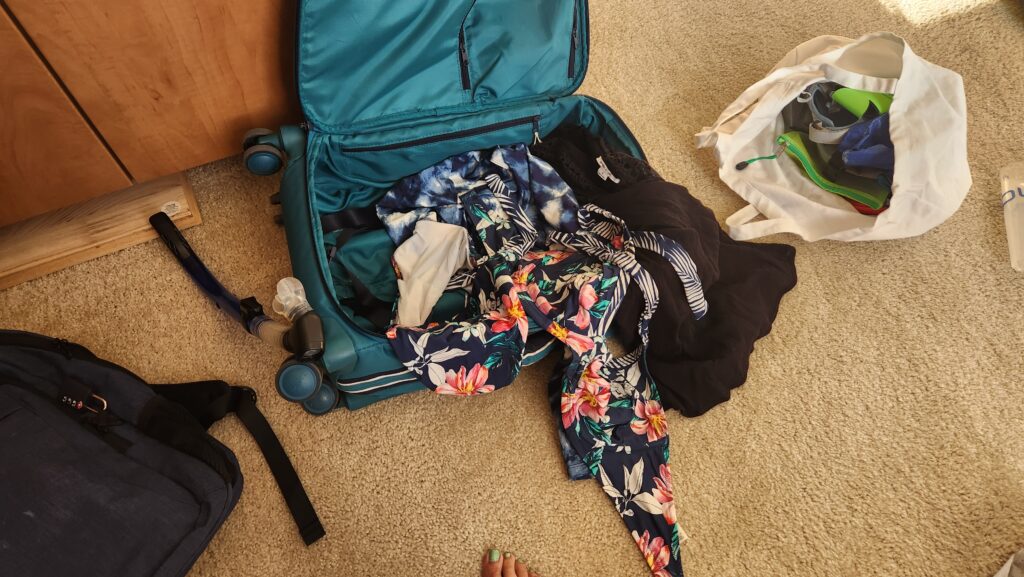
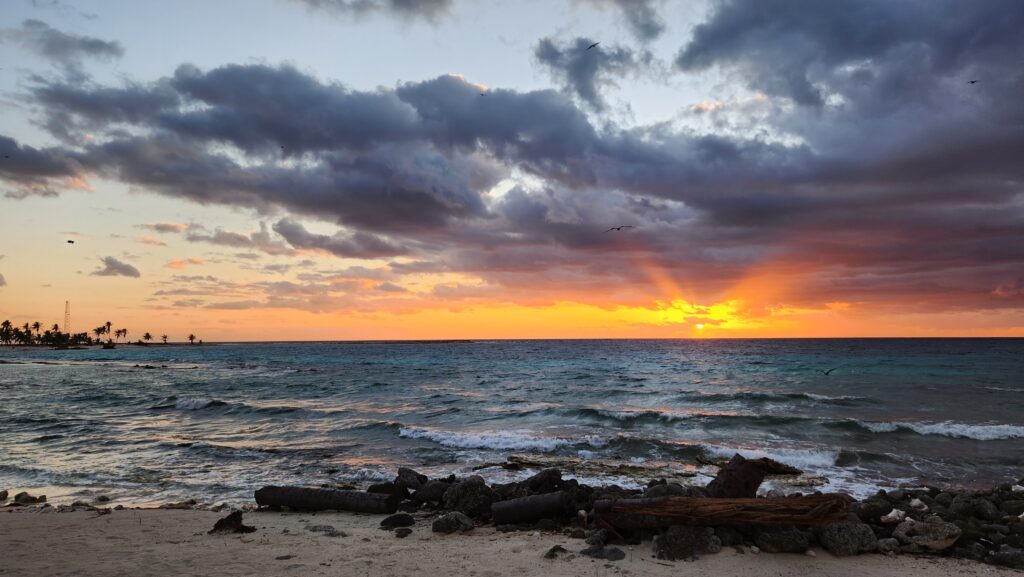
Glamping in paradise!
Does staying on tiny island in the beautiful Caribbean, disconnected from technology, watching sunrises from your bed sound like a dream come true to you?? If so, welcome to your Half Moon Caye dream! Note that this dream is a bit gritty without electricity or AC, but trust me, the magic of it far outweighs the grit!
Half Moon Caye (pronounced “key”) is a tiny island in the Lighthouse Reef Atoll in Belize, near the famous Belize Blue Hole. Because the island is in an atoll, the surrounding water is a more vibrant blue than other places in the Caribbean. You spend your days in or on the sea, or relaxing on the island. The only accommodations are 11 raised tents by the water. Other than your Island Expeditions travel group and staff, and a small staff from the Audubon Society, the island is deserted.
A typical day on Half Moon starts with watching a breathtaking sunrise from your tent before being summoned to breakfast by a conch shell horn. Your fellow travelers are limited to around 20 so they will become your friends. Your guides plan days for you with your choice of a couple of activities that are broken up by a delicious lunch and some siesta time. After the last activity, you’ll be treated to a happy hour, often on beach to watch the sunset, prior to dinner. The food features a lot of Belizean specialties and freshly caught seafood (sometimes caught by you!)
You can only stay on Half Moon Caye through Island Expeditions. They are a great company and will see that you are taken care of. I have taken 4 trips to Half Moon between 2017 and 2025 and not one trip has disappointed. The guides and cooks are Belizean and they are fun and experienced with a passion for their country that is contagious. You won’t just learn about the island and the animals, you will also learn about their own cultures. If you are lucky, the final night of your trip will include Garifuna music and drumming!
I’ll try to share some of the magic with you in this overview, but it’s hard to capture the heart of this island in words and pictures. You’ll just have to go see it for yourself!
I promise you, there will be many more “Wow, I can’t believe I’m here” than “OMG, why is there so much sand in my tent!” moments!
Click on the categories at the top of the page to virtually experience Half Moon Caye with me.